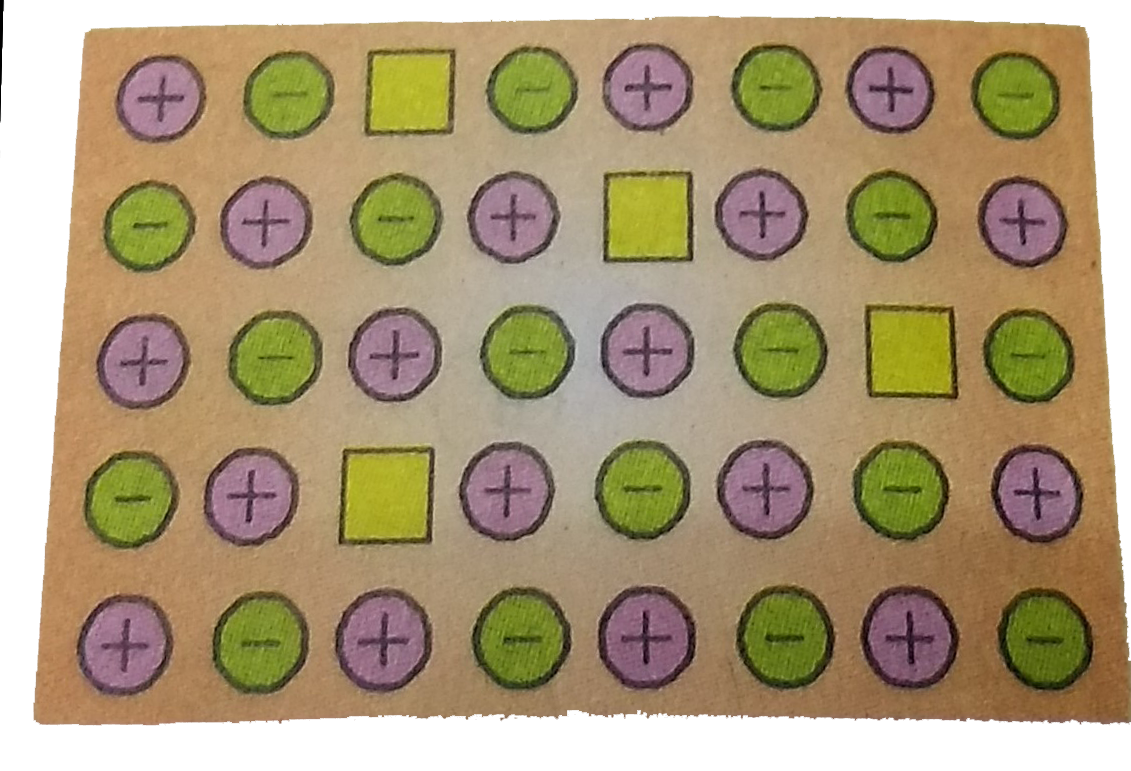(a) Name the three types of nerves which constitute the peripheral nervous system.
(b)What is the difference between a reflex action and walking?
(c) How do we detect the smell of an incense stick (agarbatti)?
Step by step video & image solution for (a) Name the three types of nerves which constitute the peripheral nervous system. (b)What is the difference between a reflex action and walking? (c) How do we detect the smell of an incense stick (agarbatti)? by Biology experts to help you in doubts & scoring excellent marks in Class 10 exams.
Updated on:21/07/2023Topper's Solved these Questions
- CONTROL AND COORDINATION BOOK - LAKHMIR SINGH & MANJIT KAURCHAPTER - CONTROL AND COORDINATION EXERCISE - Very Short Answer Type Questions
5 Videos
- CONTROL AND COORDINATION BOOK - LAKHMIR SINGH & MANJIT KAURCHAPTER - CONTROL AND COORDINATION EXERCISE - Very Short Answer Type Questions
5 Videos
- HEREDITY AND EVOLUTIONBOOK - LAKHMIR SINGH & MANJIT KAURCHAPTER - HEREDITY AND EVOLUTIONEXERCISE - Multiple Choice Question
1 Videos
Similar Questions
Knowledge Check
Which of the following statements are true
(A) The entire process of involuntary response to a peripheral nervous stimulation is called reflex action.
(B)Information regarding changes in the environment is received by the CNS through the sensory organs which are processed and analysed.
(C) Reflex action occurs without conscious effort
(D) Reflex action requires the involvement of a part of the CNS
(E) Signals from sensory organs goes to spinal cord via ventral root. Choose the correct options from given below:-AA, B, C, D, EBA, B, C, ECB, C, D, EDA, B, C, D
Indian Railway' is a part of Railway Ministry . It is organised and controlled by Railway Ministry . The finances are allocated from government treasury and what ever revenue it earns is deposited to government treasury only . It is treated as a part of government and even the appointment , recruitment and selection of employees is done in the same way as that of civil servant.
(a) Name the type of public sector enterprise railway is considered as .
(b) What is the status of employees working in railways?
(c) How does it get its finance?
(d) What does it do with its revenue?
View Solution(a) Name the part of brain which controls
(i) voluntary action, (ii) involuntary action.
(b) What is the significance of the peripheral nervous system? Name the components of this nervous system and distinguish between the origin of the two.
View SolutionExamine the illustration of a portion of the deffective crystal and answer the following question :
(a) What are these type of vacancy defects called ?
(b) How is the density of a crystal affected by these defects ?
(c) Name one ionic compound which can show this type of defect in the crystalline state.
(d) How is the stoichiometry of the compound affected ?

View Solution(a) What is an atom ? How do atoms usually exist ?
(b) What is a molecule? Explain with an example.
(c ) What is the difference between the molecule of an element and the molecule of a compound ? Give one example of each.
View Solution(a) How many orbitals are possible for a d-subshell ?
(b) Draw the shapes of dxy and dx2−y2 orbitals? What is common between these and what is difference between these orbitals ? What is the angle between the lobes of these orbitals ?
(c ) Name a 3d orbitals which has electron density along all the three axes.
View SolutionWhen we touch a hot plane unknowingly then this heat is sensed by a receptor P present in oyr fingers. The receptor triggers an impulse in neuron Q which transmits the message to an organ R which is a part of the central nervous system. Here the impulse is passed on to a neuron S which in turn passes it to a yet another neuron T. The neuron T passes the impulse to a tissue U in our arm. The tissue U then contracts and pulls or hand away from the hot plate.
(a) What is the name of (i) receptor P (ii) neuron Q, and (iii) organ R?
(b) What is (i) neuron S, and (ii) neuron T?
(c) Name the tissue U.
(d) What name is given to the phenomeon in which hand is pulled quickly from the hot plate?
(e) Name the effector in this whole process.
View SolutionIn Physics, energy is an indirectly observed quantity that is often understood as the ability of a physical system to do work on other physical system. However, this must be understood as simplified definition as we shall come to know in higher classes that not all energy can perform work. (a) How did the concept of energy emerge ? (b) How much electric energy is generated in a typical lightning strike ? What are the forms to which this energy gets converted ? (c ) What is the kinetic energy of a passenger seated in a moving plane : (i) with respect to the place (ii) with respect to the Earth.
View Solution
